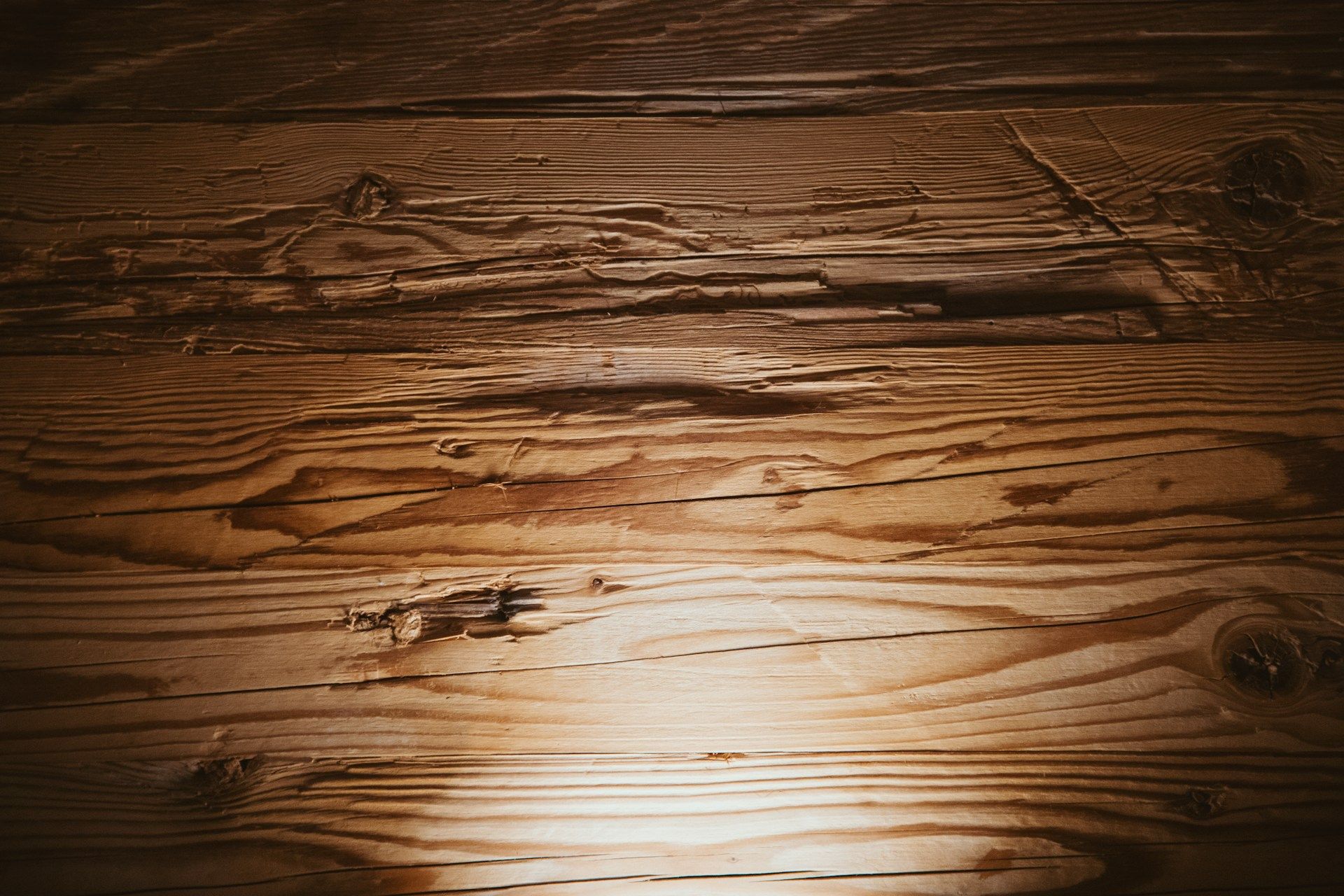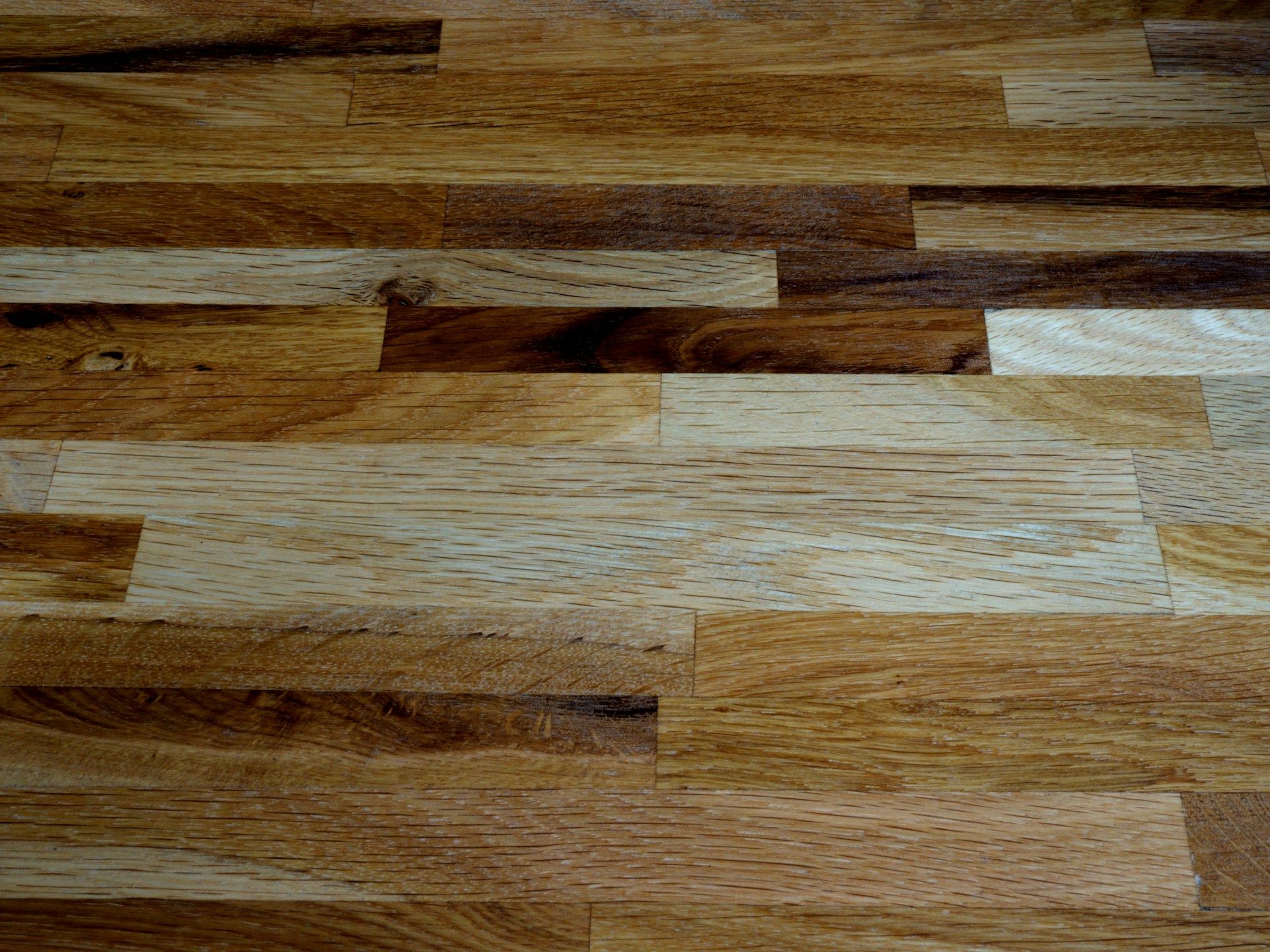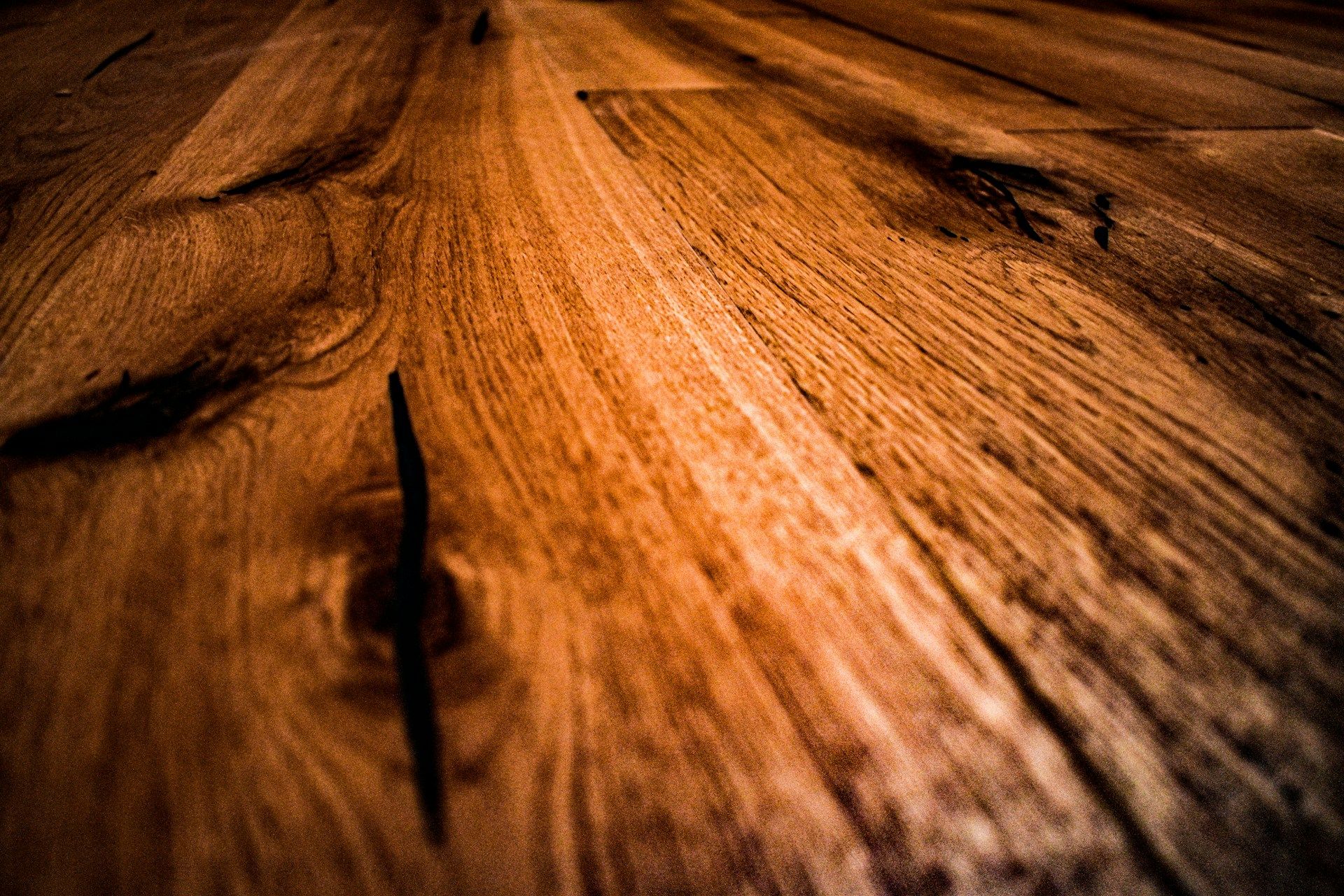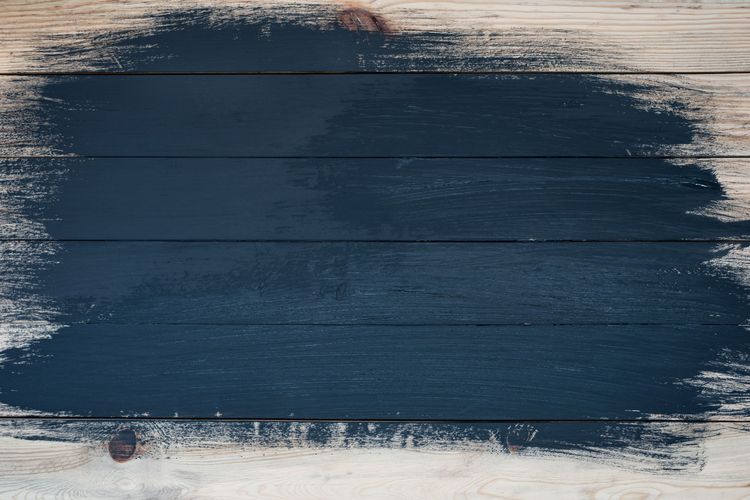Best Natural Oils and Waxes for Wood Floor Maintenance

In a world increasingly conscious of indoor air quality and environmental impact, many homeowners are seeking alternatives to conventional, often chemical-laden, wood floor finishes and polishes. The good news? Nature provides a stunning array of oils and waxes that not only protect and beautify wood floors but do so sustainably and safely. Embracing these natural solutions offers a path to timeless elegance and responsible care.
Why Choose Natural Oils and Waxes?
Synthetic finishes often create a plastic-like barrier on top of the wood. Natural oils and waxes, conversely, work with the wood. Many oils penetrate the grain, nourishing from within and enhancing the wood's inherent character without obscuring its texture. Waxes provide a protective, often satiny, layer on the surface. Together, they offer durable protection that’s easier to repair than polyurethane finishes, simply requiring reapplication to worn areas. Crucially, they are typically low in VOCs (volatile organic compounds), making them safer for your home environment and the planet. They allow the wood to "breathe" naturally, responding to humidity changes more gracefully.

Standout Natural Oils for Deep Nourishment
- Tung Oil (China Wood Oil): Renowned for its exceptional water resistance and durable, hard finish. Pure tung oil penetrates deeply, creating a warm, slightly amber hue that beautifully highlights wood grain. It polymerizes (hardens) within the wood, forming a protective, flexible barrier. Ideal for high-traffic areas and areas prone to moisture exposure (like kitchens), though application requires patience with multiple thin coats and adequate curing time. Look for 100% pure tung oil.
- Linseed Oil (Boiled): A traditional favorite, offering a rich, warm glow that deepens over time. Boiled linseed oil (BLO) contains driers that accelerate its curing process compared to raw linseed oil. It penetrates well and is relatively easy to apply. While it provides good protection, its water resistance is less than tung oil, and it can darken significantly (which some desire, others don't). Ensure good ventilation during application and curing.
- Walnut Oil: A fantastic food-safe option, particularly appealing for kitchens or homes with children/pets. It dries slowly to a soft, satin finish that enhances the wood's natural color without significant yellowing. While not as water-resistant as tung or BLO, it provides a lovely, low-luster sheen and is incredibly easy to maintain and reapply. Use only cosmetic/furniture grade, never culinary oil with additives.
- Hemp Oil: Similar to linseed oil but often lighter in color and slower drying. It provides a durable, water-resistant finish with a subtle, natural sheen. Its eco-friendly credentials are strong, as hemp is a rapidly renewable resource. Like other drying oils, it requires multiple coats and proper curing.
Exceptional Natural Waxes for Surface Protection and Sheen
- Carnauba Wax: The "Queen of Waxes," harvested from Brazilian palm leaves. It’s incredibly hard, offering superb scratch resistance and a high-gloss, durable finish when buffed. Often blended with softer waxes like beeswax for easier application. Excellent for creating a protective, water-repellent topcoat over oiled floors or on its own for a lustrous shine.
- Beeswax: A classic, beloved for its warm, honey-toned glow and sweet, natural scent. It provides a softer, more malleable protective layer than carnauba, giving floors a gentle satin or low-luster sheen. Beeswax is breathable, water-repellent, and conditions the wood. It's often combined with oils (like linseed or citrus) to create nourishing paste waxes perfect for maintenance and touch-ups. Pure beeswax can be sticky in heat; blends are often preferred for floors.
- Candelilla Wax: A vegan alternative to beeswax, derived from a desert shrub. It’s harder than beeswax but softer than carnauba, offering a good balance of protection and ease of application. It imparts a bright, clear finish without significant yellowing, making it ideal for lighter woods. Often found blended with other waxes in natural floor care products.
Choosing and Applying Nature's Bounty
Selecting the right oil or wax depends on your wood type (porous hardwoods like oak absorb oil well; denser woods may need different approaches), desired look (deep amber, natural, high gloss, satin), and expected wear. Always test any product on an inconspicuous area first! Preparation is paramount: floors must be impeccably clean, completely dry, and any old, failing finish must be professionally removed for oils to penetrate correctly.

Oils are typically applied thinly with a cloth or applicator pad, allowed to penetrate, and excess wiped off before curing (which can take days or weeks, especially for tung oil). Multiple coats build protection. Waxes (especially paste waxes) are applied sparingly in thin layers, allowed to haze, and then vigorously buffed to the desired sheen. Regular maintenance with a compatible natural cleaner and periodic re-waxing (every 6-12 months for high-traffic areas) keeps floors looking their best.
The Sustainable Shine
Opting for natural oils and waxes is more than a maintenance choice; it's an investment in the long-term health and beauty of your floors and your home environment. They offer a uniquely warm, authentic look that synthetic finishes struggle to replicate, celebrate the wood's natural character, and provide durable protection through sustainable means. By harnessing the power of plants and bees, you achieve a floor that’s not just maintained, but truly nurtured.



